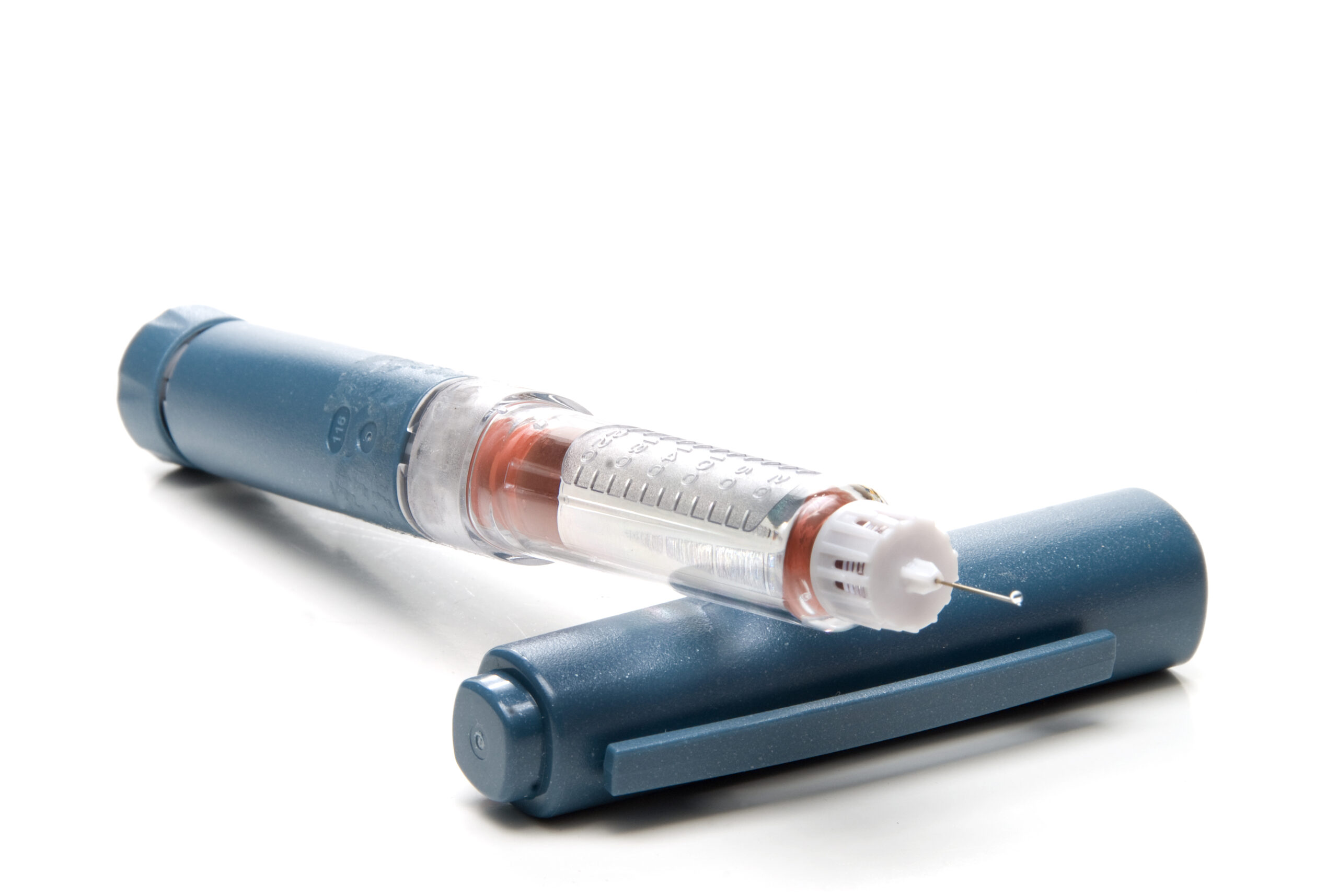
Insulin Makers Cap Prices for Insured Individuals
June 20, 2023
Employers Expect Higher Premiums, Little to No Cost-Shifting
July 11, 2023The penalties for not offering health insurance to your employees if you have 50 or more full-time or full-time equivalent employees in violation of the Affordable Care Act are set to rise again next year.
The IRS has increased the fines for employers that fail to provide health insurance for their workers under the ACA’s employer mandate, as well as for failing to provide coverage that is affordable or coverage that provides “minimum value.” The penalties will apply to plans that start on or after Jan. 1, 2024.
The way most employers find out that they may have violated the employer mandate is if they get a 226-J letter from the IRS, which would be prompted by one of your employees receiving premium subsidies after purchasing coverage on a government-run exchange.
Under the mandate, employers with 50 or more full-time or full-time equivalent workers are required to offer 95% of them affordable health coverage. There are two different penalties for violations:
The A penalty
This is levied on an applicable large employer (ALE) for failing to offer minimum essential coverage to 95% of full-time employees and their dependents and if just one of those employees receives a subsidy when they buy insurance on a government-run ACA marketplace.
New penalty amount: $2,970 per employee, up $90 from 2023.
This penalty can be especially damaging. While it is not assessed for the first 30 employees if triggered, it applies to all of the employer’s full-time employees, meaning costs can quickly add up.
The B penalty
This fine is levied if an applicable large employer fails to offer coverage that is affordable and/or fails to provide minimum value, and just one full-time employee receives subsidized coverage through the marketplace.
Coverage is deemed unaffordable if an employer fails to offer at least one self-only health plan where any employee’s share of the premium does not exceed 9.12 % (the 2023 threshold) of their household income. The affordability threshold has not yet been announced for 2024.
In order to provide minimum value, an employer-sponsored plan must cover at least 60% of average costs and provide substantial coverage for inpatient and physician services.
New penalty amount: The annual penalty for a type B infraction rises to $4,460 per employee in 2024, up $140 from this year. Typically, this penalty is broken down into monthly increments depending on how long an employee receives subsidized coverage on an exchange.
The takeaway
While you no doubt already offer coverage to your employees if you’re an ALE, it’s important to pay attention to next year’s affordability threshold.
Any downward change means you have to recheck to ensure that at least one of your plans offers coverage deemed affordable to your lowest-paid employee.
Also, be especially mindful during the new-employee onboarding process to ensure they are properly identified and offered coverage.
If the IRS suspects you are out of compliance, it will send you a 226-J letter. You’ll be glad you have all your paperwork in order if you receive one of these letters.
The 226-J letters are also sent to employers if they make mistakes on their Form 1095-C.
If you receive one of these letters, contact us for assistance.




